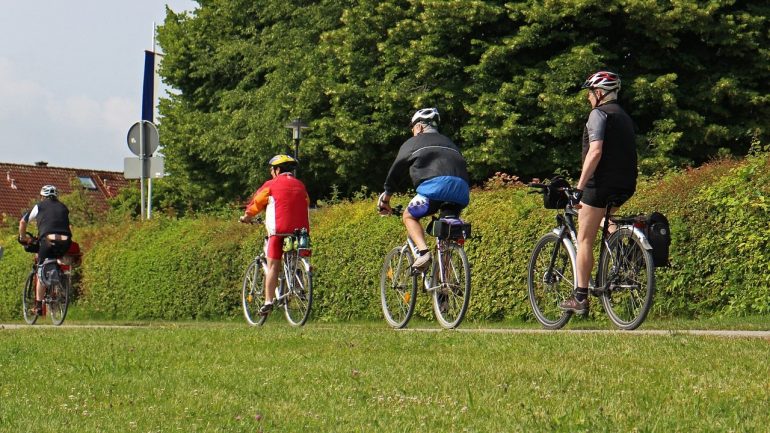Over 40% of Cardiffians drive to work, despite the 20 railway stations around the city
CARDIFF’S workforce walks or cycles more than others in Wales – but commuters still rely heavily on cars to drive to work in the nation’s capital.
Almost 12.5% of Cardiff’s workforce walk or cycle to work, according to Census 2021 data.
This is higher than any other Welsh local authority, with Gwynedd and Ceredigion following closely behind with the most active commuters.
While Cardiff’s active commuting numbers are Wales’ highest, 40% of Cardiff’s workforce still drives a car to work.
The city has 20 railway stations, yet the number of Cardiffians that choose to drive to work is over 35 times those that use a form of train travel.
Even if drivers don’t make the switch to active travel, using public transport instead decreases carbon dioxide emission by 45%, according to UCLA.
Councillor Dan De’ath, Cardiff Council cabinet member for transport, is hoping the ongoing work to build the South Wales Metro will change Cardiff’s reliance on cars for commuting.
He said: “We expect it to be transformational. New rolling stock, more frequent and reliable services that will be better integrated with buses and active travel.
“It will take a little time, but will have a major impact when complete.”
It is hoped the South Wales Metro will be completed in 2024, but there are also plans for a Cardiff Crossrail.
Coun De’ath wants this to shift Cardiffians away from their reliance on cars to sustainable travel.
The benefits of switching the way you travel are not just environmental. The World Health Organisation said that “walking for 30 minutes or cycling for 20 minutes on most days reduces mortality risk by at least 10%”.
Coun De’ath believes that Cardiff’s “flat and compact” landscape is part of the reason why Cardiff is such a great city for active travel.
Cardiff’s commuters are the most active out of the nation’s three cities, with only 7.9% of Newport’s workforce walking or cycling to work.
Swansea’s workers have similar travel habits as only 8% commute through active travel.
The Welsh Government has tried to prioritise the promotion of active travel through the Active Travel Act.
It was introduced in 2013 and made sure that local authorities provided maps of active travel routes.
But some urban areas are still reliant on cars to travel to work.
Topping the list of Wales’ least active commuters are those in Caerphilly and Torfaen, with only 6% of workers cycling or walking to their place of work in each areas.



